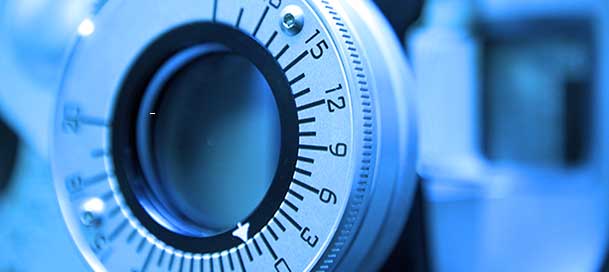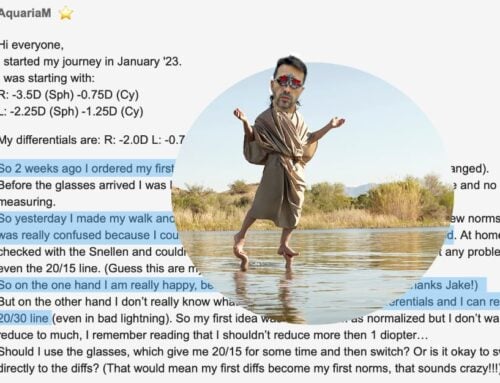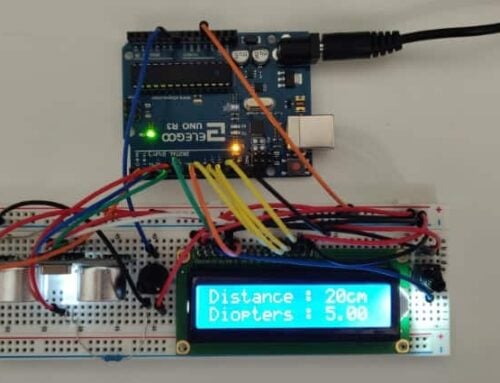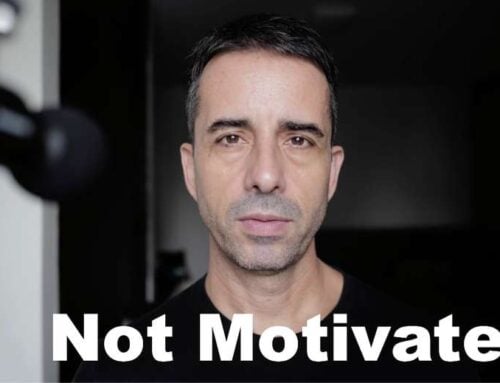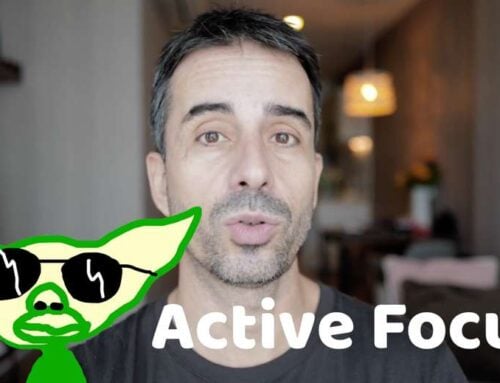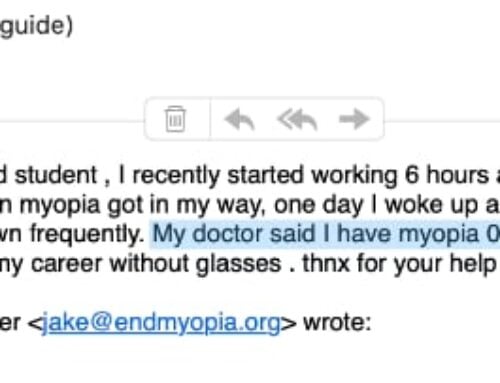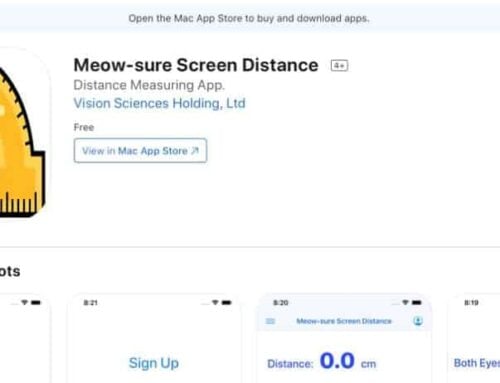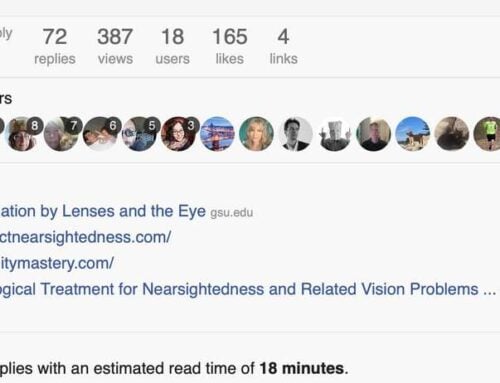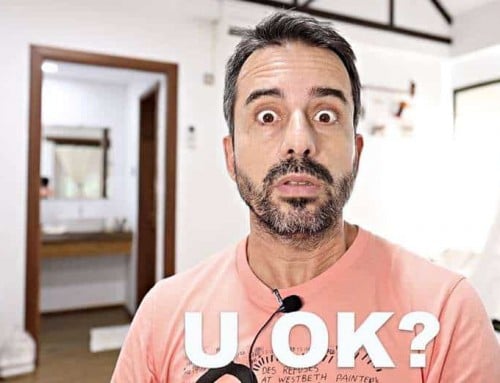When you first start out with eyesight improvement, you are likely to be skeptical or excited, or ready to experiment – in any case, emotions run high. This is when you have the most questions, tend to want to try a lot of things, and feel challenged by active focus, and prescription management.
At this stage the most common mistake is pacing:
Nothing will change overnight. This is not a magic pill. The best way to handle the initial stage is to add a 20 or 30 minute block of time to your day – for learning basic concepts, and putting new habits into action.
The long term gain of setting yourself an expectation to spend a small block of time, consistently, is very high. In contrast, diving in and conducting lots of experiments, trying various methods all at once, reading for hours a day on the subject – this tends to lead to “burn out” on the subject, and have much less of a positive long term result.
Trust me on this one. I have had many thousands of clients I dealt with directly over the past 40 years. Small blocks of time, consistently, bring success.
It’s why the full course is broken down into small five-a-week segments, that each take about 20 minutes to get through.
The second beginner mistake is being too aggressive about change.
We want small prescription reductions here. No going without glasses entirely, or going overboard on activities.
Likewise, we don’t want to change lifestyle or work habits significantly. Small changes are what works. For example, if you try to cut down your close-up usage by 50% to reduce strain, you make possibly untenable sacrifices for your work productivity. Having to quit a habit and then establish another new one tends to lead to much more failure, than picking a sustainable new habit to begin with.
Think of how you became myopic. It was a creeping, small, barely noticeable set of changes. A bit more close-up time, a bit stronger prescriptions, over the years. We will reverse your myopia the same way – small, barely noticeable changes (but in the opposite direction).
Let’s look at the main mistake that advanced participants make:
If you have been working on your eyes for a while and seen improvements, you could probably start being more aggressive.
Initially we absolutely want small prescription changes. You don’t want to go from living in perfect clarity to being surrounded by blur. While initial excitement may carry you through some of this, you will eventually get frustrated. Instead, small reductions, and good adjustment periods is what you want.
And that’s how the program is structured, and my advice tends to be to go for 0.25 diopter reductions in most cases.
That’s true for the first three to six months.
But after that, once you had two or more prescription reductions, and a perfect grasp on the method as well as your eyesight improvement strategy?
At that point you probably have built up a reserve that you aren’t aware of.
I often suggest that advanced participants go as far as 20/40 on their normalized prescription. At this stage you want to be challenged. You will see quite a bit of blur, and you know how to clear it up. But by default, you tend to have a bit more blur than you would want. But you know that you can pull focus on some license plates or billboards or street signs, and get better focus. The default blur will keep reminding you to pull focus. You will want to pull focus, because the blur isn’t comfortable. It’s that edge you want when you are at an advanced stage – a place where you can clear up your distance vision, but it always, always requires some effort.
Of course this isn’t entirely necessary. You stopped myopia progression already. Your prescriptions will never again increase. And even with small efforts you will see decreases year over year. But if you want more than that? Then you need a good amount of distance vision time in your day, and you always want that distance vision to be challenged.
In the advanced section of the course we talk about finding a sign as far away as possible, that you can still clear with active focus. This will automatically clear up all of the vision from that distance point inward, closer to you. You will probably have to use that reference point and pull focus quite a bit – and this is the stimulus and challenge you want to leverage. Unlike close-up focus which is always about reducing strain, this distance work yields the bulk of improvement.
A quick peak at the forum gives us good examples of this. David writes:
Very cool to read this Jake and I too have been really noticing some more active focus and my ability has increased really rapidly the last month after feeling stuck all winter long. I was using -2.50 glasses most of the winter and had plenty of blur to work with, then about 2 months ago I was able to use active focus to clear up the -2.5. After about a month of this, I ordered some -2.25s thinking I might be ready for more stimulus and after a day or two I could focus these nearly as well as the -2.5. Then I lost my -2.25s last week and thought, well instead of going back to the -2.5, maybe I’ll try a pair of -2.0 I had instead. The first couple days I thought it was just too much, but then I had a similar experience (although it seemed there was more effort involved) as the -2.5 and -2.25 before it and was able to focus the -2.0 also. Definitely more active focus required now, but now that I know I’m capable of it, it does open up a lot more options and opportunities for stimulus that I guess I underestimated I was capable of. Keep up the good work!
***
-2.50, -2.25, -2.00. Exploring the boundaries of active focus. There is a point where you reach the limit, and from there improvement takes a bit more time. But you want to find the edge of your true ability and then work to expand that.
David’s full post is here: https://frauenfeldclinic.com/myopia-forums/topic/my-favorite-amazing-eyesight-experience/
Summary
Be easy on yourself in the beginning, and make a habit out of spending 20 minutes a day learning about healthy eyesight, and putting your understanding into practice.
Later on, when you have solid habits and seen improvement, start pushing yourself – specifically at a distance. Being slightly uncomfortable with distance blur and having to work hard to clear it is the forward edge of improvement opportunity.
And as you understand your eyesight potential better, you can moderate this on your own. If you prefer comfort over faster improvement, tone down the prescription reductions. And if you want to consistently improve as much as you can, you might never see perfectly clearly at a distance without effort – it’s up to you and your current goals!
I hope this article finds you well, enjoy some healthy distance vision today!

